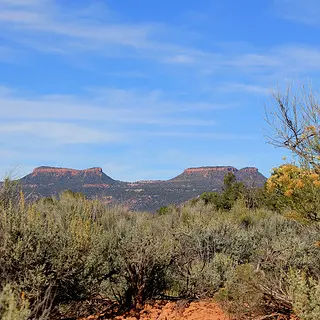Strong Ties to Living Memory
President Obama was driven to action in large part due to the work of the Bears Ears Intertribal Coalition, made up of the Hopi, Navajo, Uintah and Ouray Ute, Ute Mountain Ute, and Zuni Nations, all of whom have significant ties to the region. With looting, grave robbing, vandalism, and cultural site destruction posing a serious threat to Bears Ears, the tribes came together to explain how vital it was to protect the area from harm.
Not only does the cultural landscape—totaling 1.9 million acres—represent each nation’s history and their eventual forced relocation from the area, but Native Americans also return to the twin buttes to connect with their ancestors. The Navajo Nation and the White Mesa Ute Reservation border Bears Ears, and both the Navajo and Ute people frequently collect herbs and medicine, forage for food, gather firewood for heating or ceremonial use, and hunt game in the area.
Bears Ears represents other notable archeological features, too. In 1879, Mormon pioneers trekked across the Colorado Plateau on what would become known as the Hole in the Rock Trail, now listed on the National Register. The area is also near one National Historic Landmark—Alkali Ridge—and hundreds of sites that have been determined eligible for listing on the National Register.
The stunning and significant landscape is unusually intact, with many of its archaeological sites remaining as they have for hundreds of years. Its preservation, combined with the remarkable stories it tells of migration, settlement, and adaptation, continues to draw visitors from around the world.












